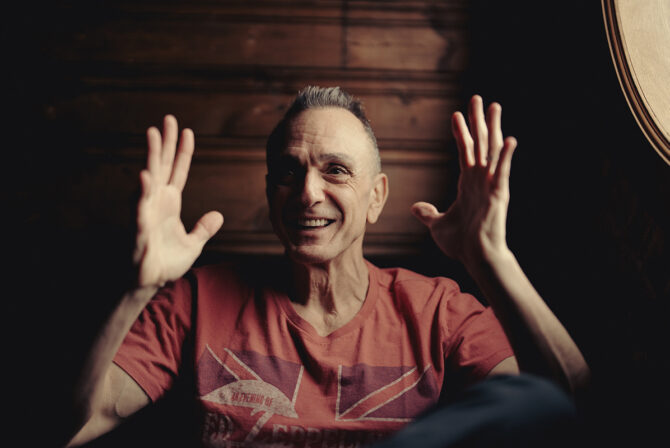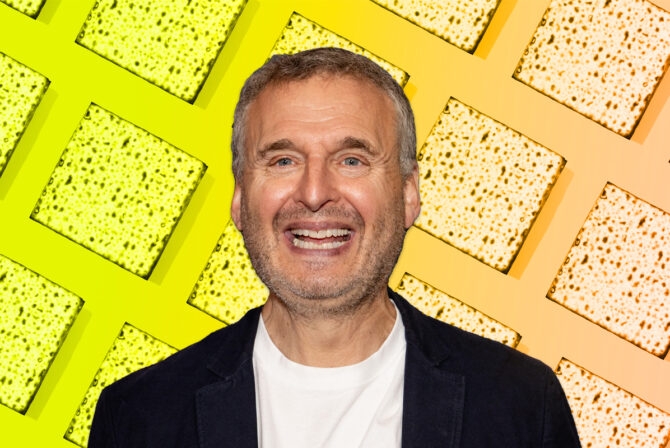Barbie has undergone a serious makeover. She’s finally going to look more realistic, which has been a point of contention for many Barbie criticizers over the years. Mattel just announced in TIME magazine that Barbie will now come in three new body shapes, which the brand is calling “petite,” “tall,” and “curvy.” She also has seven new skin tones, which is more representative of different ethnicities and races. Because you know, that’s what real people look like.
Mattel has been wanting to shed its “fake” image for a long time now–last year, they even started a new ad campaign. From the blonde, sporty California Beach girl that debuted in 1959, Barbie will now be more empowering and representative of the idea that all bodies are beautiful. Mattel wrote on their website:
“By introducing more variety into the line, Barbie is offering girls choices that are better reflective of the world they see today. The new 2016 Barbie Fashionistas collection includes 4 body types, 7 skin tones, 18 eye colors, 18 hairstyles, and countless on-trend fashions and accessories.”
The new additions will be available for pre-order on Mattel’s website, alongside the original which is a $1 billion-a-year bestseller for the company. Still, it’s a massive risk for the company (though, of course, it shouldn’t be!), since young kids by age 6 are already conditioned to like a certain silhouette in their dolls. Still, Mattel’s changes are monumental and indicative of positive progressions in our society. Evelyn Mazzocco, head of the Barbie brand, stated:
READ: This Woman Turns Bratz Dolls into Remarkable Women Like Malala
“I do all kinds of things for my kids that they don’t like or understand, from telling them to do their homework to eating their vegetables. This is very similar. It’s my responsibility to make sure that they have inclusivity in their lives even if it doesn’t register for them.”
And, of course, even the new curvy doll isn’t necessarily that curvy–which some have already stated in the focus groups run by Mattel. One mom commented: “I wish that she were curvier.” Or more zaftig, if you will.
Ultimately, however, it’s about changing people’s perceptions of what women’s bodies should look like, and educating girls about diversity from a younger age, even if the changes come more gradually than we’d like.







